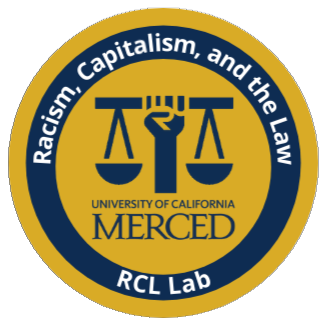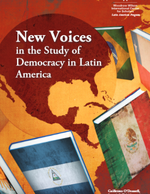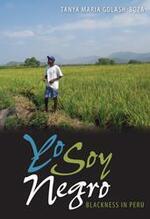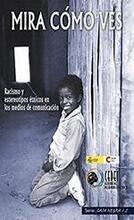- Home
- Race Latin America
Race in Latin America
In 2006, the Peruvian government passed a law that made racial discrimination a crime punishable by incarceration. This law, part of a multicultural reform in Peru, can be seen as an effective recognition of the reality of racism in Peruvian society. Such recognition, however, contrasts with official depictions of Peru as a country without racism, and of Peruvians as people who deny the existence of racism in their society. Based on semi-structured interviews conducted in Lima, this note explores everyday discourses on this issue. The findings show that Limeños recognize racism as a societal problem, but they adhere to a restrictive definition of racism and use rhetorical strategies that allow them to portray themselves as not racist. Their expressions of distaste for people of color demonstrate that racism persists in interpersonal discourses because of deeply embedded ideas about the inferiority of blacks and Indians.
This article explores how race and color labels are used to describe people in an Afro-Peruvian community. This article is based on analyses of 88 interviews and 18 months of fieldwork in an African-descended community in Peru. The analyses of these data reveal that, if we consider race and color to be conceptually distinct, there is no "mulatto escape hatch," no social or cultural whitening, and no continuum of racial categories in the black Peruvian community under study. This article considers the implications of drawing a conceptual distinction between race and color for research on racial classifications in Latin America.
Yo Soy Negro is the first book in English—in fact, the first book in any language in more than two decades—to address what it means to be black in Peru. Based on extensive ethnographic work in the country and informed by more than eighty interviews with Peruvians of African descent, this groundbreaking study explains how ideas of race, color, and mestizaje in Peru differ greatly from those held in other Latin American nations. The conclusion that Tanya Maria Golash-Boza draws from her rigorous inquiry is that Peruvians of African descent give meaning to blackness without always referencing Africa, slavery, or black cultural forms. This represents a significant counterpoint to diaspora scholarship that points to the importance of slavery in defining blackness in Latin America as well as studies that place cultural and class differences at the center of racial discourses in the region.
In Mexico and Peru, denigrating racial humour about blacks and indigenous populations is prolific, despite the existence of colour-blind national ideologies (which minimize or negate the existence of racism) and social norms that silence various forms of race talk. This article draws on interviews and participant observation from these two countries to analyse the popular uses and interpretations of racial humour, and their consequences for racial ideology. We illustrate how racial humour serves to reproduce Mexican and Peruvian national ideology and reinforces the countries’ racialized systems of domination. In this article, we identify three mechanisms involved in this process: ‘going along’ with jokes; framing racial humor as benign; and using laughter to ‘soften’ racism. Taken as a whole, our analysis reveals how racial humour works to maintain colour-blind ideology.
This special issue explores ideas of race and racial hierarchy in Latin America in the twenty-first century. By examining the intersection between racialization and processes of identity formation, political struggle, as well as intimate social and economic relations, these essays question how and to what extent traditional racial ideologies continue to hold true. In so doing, we consider the implications of such ideologies for anti-racism struggles. This collection of articles provides a unique insight into the everyday lived experiences of racism, how racial inequalities are reproduced, and the rise of ethnic-based social movements in Latin America. The qualitative nature of the projects allows the authors to advance our understanding of how racial ideologies operate on the ground level. The geographic diversity of the articles – focusing on Brazil, Colombia, Mexico, Peru, Costa Rica and Cuba – enables a greater understanding of the distinct ways that racial ideologies play out across different settings.





